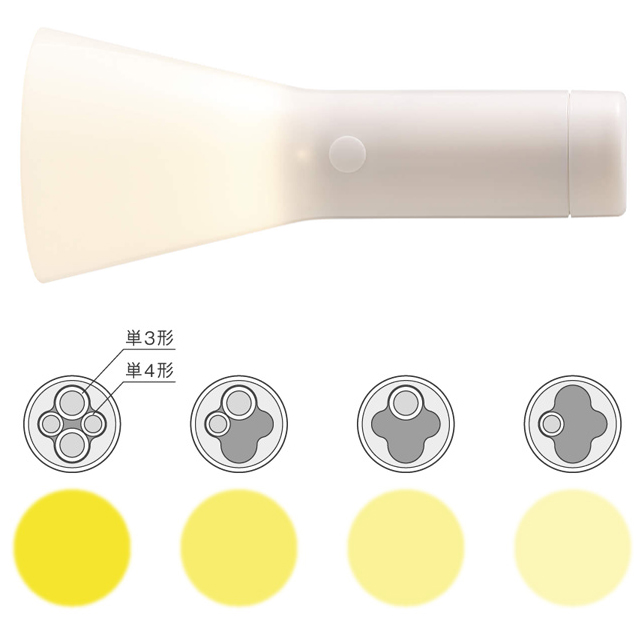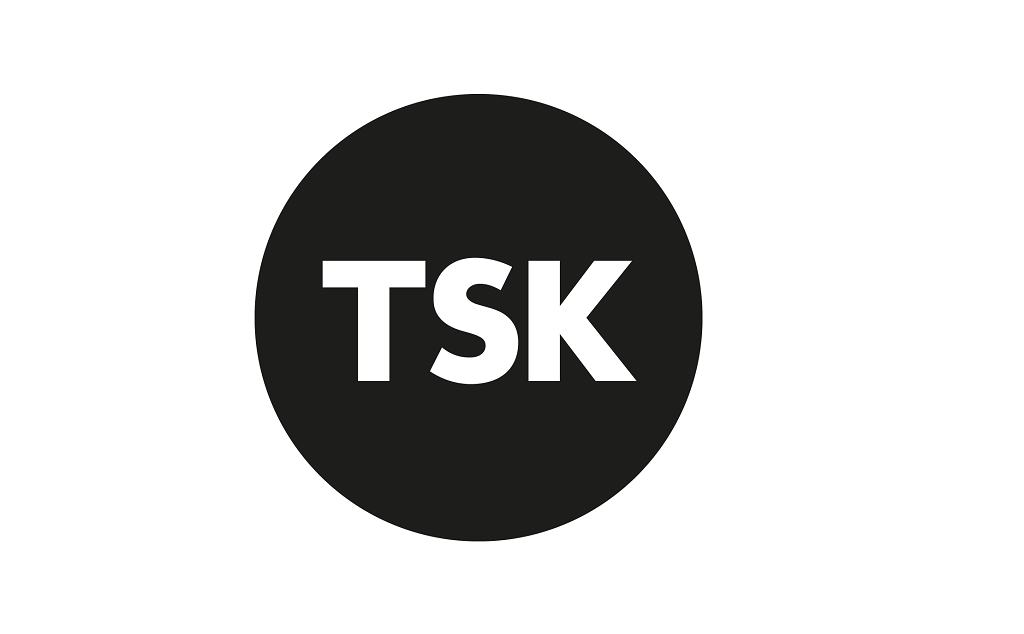Graceful degradation – is your marketing strategy resilient enough to succeed?
If you’re anything like me, you’ll have heard the old adage about things not being built to last anymore, normally from someone of an older persuasion, fists raised to the sky as they long for the world that was.
Sure, they’re probably right in some ways. How many times have purchases come back to bite us on the backside 6 months down the line? A 70 quid pair of trainers that wear through to the lining after 3 months, a computer so slow it’s gone 9.30am before outlook is functional, or a phone that cracks at the slightest judder.
What we want from purchases is value. We want something that will stand the test of time. But these days, in a world that’s changing more rapidly than ever before, it’s about more than simply being built to last, it’s about being built to be adaptive to change. Houses that are built with a view to heating and infrastructure change, gaming consoles built to adapt to changing player habits or even garments that can provide needed heat in the winter and breathability in the summer months.
“But Lucy!”, I heard you decry, “What’s this got to do with marketing?”.
Well just as all this applies to products, the same should be true of your marketing outputs.
In this short blog, we’re going to examine the concept of graceful degradation and how, just like products, marketing outputs with this concept built in will enable to you weather stormy seas and changing circumstances without your marketing falling by the wayside.
What is graceful degradation
Let’s get the definitional stuff out of the way.
The definition of graceful degradation is the ability of a given system to maintain functionality even when portions of it are removed or rendered inoperative due to a lack of resources.
So, it’s not just about being built to last, it’s also about being built with adaptation and agility in mind.
The “design” of a marketing output
When creating a marketing output, whether it be a digital strategy, a rebrand or even a PR campaign, a question we should be asking ourselves is how will this output function under this or that variable. More specifically, is it agile enough to still do what we need it to if
- Some part of our business or the world changes
- If our customer is using old digital equipment, or
- If half our customer base changes to another country?
The variables are in some sense endless but we can at the very least plan for the most important ones.
Let’s go back to a product example to paint the picture more clearly.
Designing graceful degradation into the MUJI Torch
Let’s look at the launch of MUJI’s minimal LED torch back in 2017, a design with graceful degradation at its core. While the torch was certainly not an invention by any stretch of the word, it did include a subtle, yet dramatically impactful redesign unseen in other torches. The MUJI torch, rather than taking a single battery size, has space for two AA batteries and two AAA batteries. Not only that, but it will also still produce light with any combination of batteries installed, even just one battery.
This is a prime example of a design that employs ‘graceful degradation’. The product continues to function even as it ‘degrades’, in the torches case, with the removal or lack of power sources.

Applying graceful degradation to marketing outputs
MUJI’s torch has employed graceful degradation in a product design sense, but the concept stands strong elsewhere. When it comes to websites, designers and developers should construct a site in such a way to still provide a user experience irrespective of the quality of a user’s hardware, the modernity of their operating system, or strength of internet connection.
Since your marketing strategy and operations are a system in and of themselves, the same concept can, and we’d argue should, be accounted for.
A truly dynamic marketing strategy should continue to perform against business objectives even as budget is reduced, teams are stretched thin, and the availability of time and resources shrinks.
What this boils down to, is the importance of your core messages, your vision, mission and values as a business. So long as they can be messaged effectively, and cut through the noise, it shouldn’t matter whether your marketing budget is £20,000 or £200,000, or whether you focus on public relations, or direct marketing.
After all, volume without message is rendered as clutter, and if your audience are inundated with repetitive messages that don’t engage, that over-saturation can have a detrimental impact on your brand equity. If the fundamentals are right and you’ve considered the right variables, your marketing plan will deliver.
–
At Luma, we know the marketing game and we know that times and circumstances are always changing. That’s why, in all our work, we help our clients build nimble strategies that help them reach their marketing goals, even when unexpected things happen.
To speak to us about how we can help you develop a marketing plan that’s resilient and built to last, contact us today.
Selected industry experts bring you insight and expert advice, across a range of sectors.
Subscribe for free to receive our fortnightly round-up of property tips and expertise
Selected industry experts bring you insight and expert advice, across a range of sectors.
Subscribe for free to receive our fortnightly round-up of property tips and expertise





